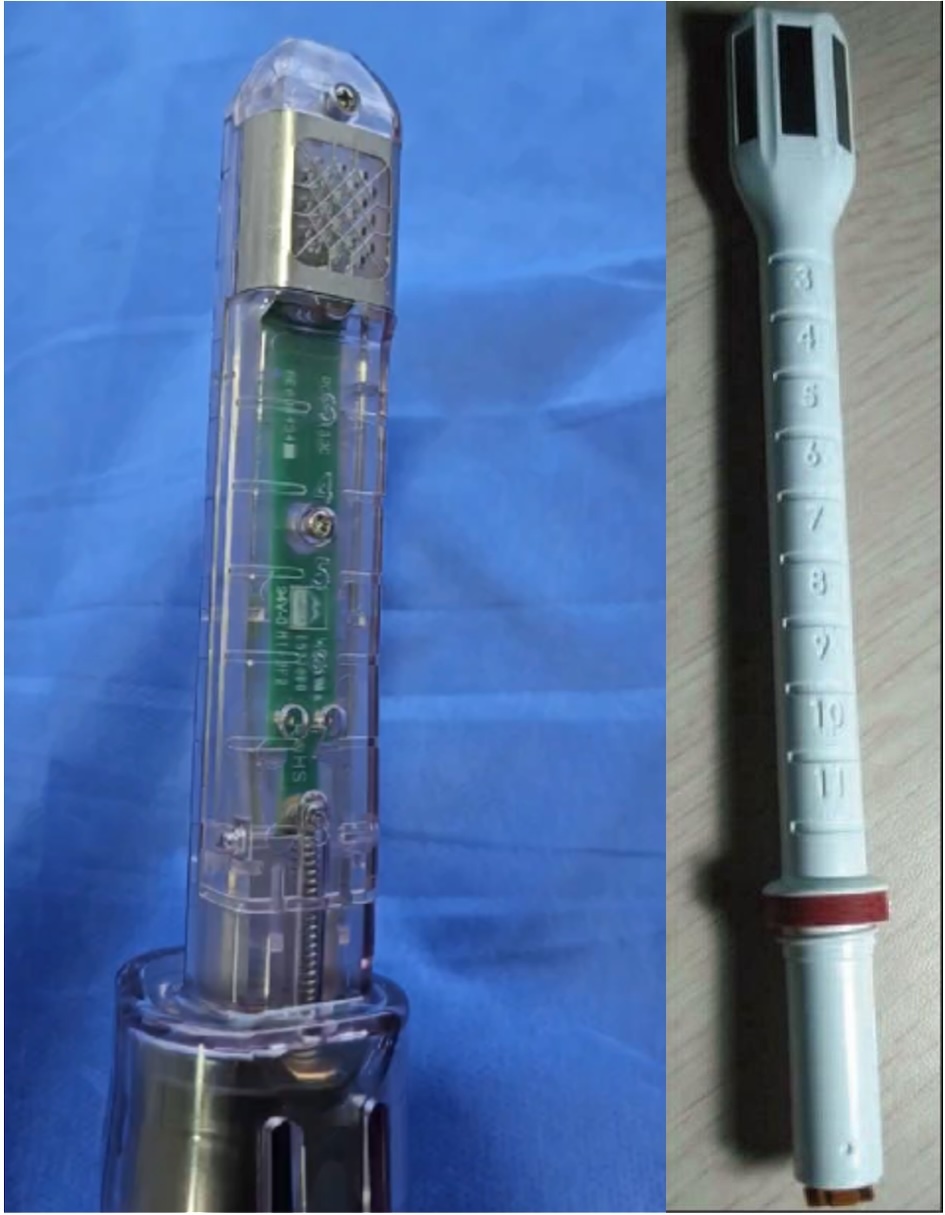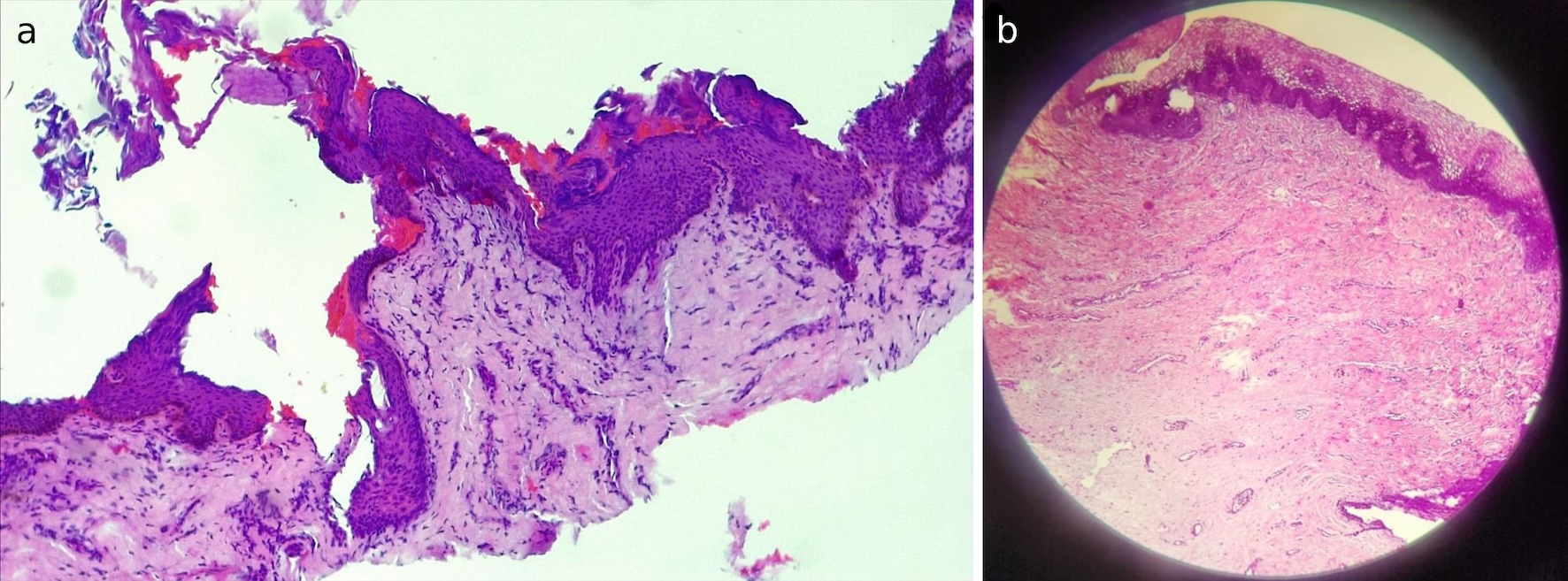
Figure 1. Morpheus V (left) and Forma V (right) probes.
| Journal of Clinical Gynecology and Obstetrics, ISSN 1927-1271 print, 1927-128X online, Open Access |
| Article copyright, the authors; Journal compilation copyright, J Clin Gynecol Obstet and Elmer Press Inc |
| Journal website https://jcgo.elmerpub.com |
Original Article
Volume 14, Number 2, June 2025, pages 45-51
Novel Multimodal Radiofrequency Therapy for Mixed Urinary Incontinence: A Pilot Study
Figures



Tables
| Category | Frequency (n) | Percentage (%) |
|---|---|---|
| ALPP: abdominal leak point pressure; POP-Q: pelvic organ prolapse quantification. | ||
| Parity | ||
| 1 | 3 | 15 |
| 2 | 5 | 25 |
| 3 | 8 | 40 |
| 4 | 3 | 15 |
| 5 | 1 | 5 |
| Sessions | ||
| 2 | 7 | 35 |
| 3 | 13 | 65 |
| Q-tip test | ||
| < 30 degrees | 11 | 55 |
| > 30 degrees | 9 | 45 |
| Urodynamics | ||
| Normal | 10 | 50 |
| ALPP 54 | 2 | 10 |
| ALPP 65 | 2 | 10 |
| ALPP 80 | 2 | 10 |
| ALPP 56 | 1 | 5 |
| ALPP 70 | 1 | 5 |
| ALPP 76 | 1 | 5 |
| ALPP 90 | 1 | 5 |
| POP-Q | ||
| Stage 0 | 12 | 60 |
| Stage 1 | 8 | 40 |
| PROMs | Baseline | 3 months | 6 months | % of improvement |
|---|---|---|---|---|
| aOnly the 3-month and 6-month time points were assessed, with 19 patients providing complete data. PROMs: patient-reported outcome measures; SD: standard deviation; ICQ-SF: International Consultation on Incontinence Questionnaire-Short Form; OAB-SS: overactive bladder syndrome score; QOL: quality of life. | ||||
| ICQ-SF | 14.05 (4.22) | 10.05 (3.79) | 7.65 (4.44) | 45.5% |
| Potenziani | 12.55 (2.44) | 10.05 (2.06) | 6.20 (1.91) | 50.5% |
| OAB-SS | 11.68 (2.45) | 8.68 (1.45) | 25.7%a | |
| QOL | 6.0 (1.03) | 2.95 (0.94) | 50.8% | |